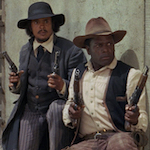 Right after western star Clint Eastwood first directed himself in PLAY MISTY FOR ME, but before he directed his first western with THE OUTLAW JOSEY WALES, Sidney Poitier beat him to it with BUCK AND THE PREACHER (1972). It was his first time directing a movie and first time leading a western (though he’d been in DUEL AT DIABLO).
Right after western star Clint Eastwood first directed himself in PLAY MISTY FOR ME, but before he directed his first western with THE OUTLAW JOSEY WALES, Sidney Poitier beat him to it with BUCK AND THE PREACHER (1972). It was his first time directing a movie and first time leading a western (though he’d been in DUEL AT DIABLO).
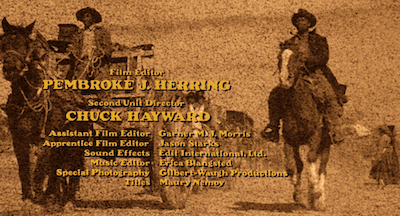 Much like POSSE will have to do 21 years later, BUCK AND THE PREACHER starts out by establishing that yes, silly head, there were Black people in the old west. This history is communicated visually by showing the film’s characters in sepia tone photos. The story takes place after the civil war, when some former slaves decided sharecropping was just slavery 2.0 and tried their luck traveling west to find, as a title card puts it, “new frontiers where they could be free at last.” Where the western genre comes in is that “they placed their hopes in the hands of the few black wagonmasters that knew the territories of the West.”
Much like POSSE will have to do 21 years later, BUCK AND THE PREACHER starts out by establishing that yes, silly head, there were Black people in the old west. This history is communicated visually by showing the film’s characters in sepia tone photos. The story takes place after the civil war, when some former slaves decided sharecropping was just slavery 2.0 and tried their luck traveling west to find, as a title card puts it, “new frontiers where they could be free at last.” Where the western genre comes in is that “they placed their hopes in the hands of the few black wagonmasters that knew the territories of the West.”
Poitier (THE JACKAL) stars as Buck, one such wagon master. He’s a former union sergeant turned bad motherfucker who guides and protects wagon trains from Louisiana to plots of land in Kansas. But the night after he’s finished guiding one group, a gang of white gunmen led by Deshay (Cameron Mitchell, THE TOOLBOX MURDERS) raid their camp, shooting at them, lighting tents and wagons on fire, burning their food, shooting their livestock. Basically the Klan without any hoods. Deshay makes a speech about how “there’s plenty of good jobs back in Louisiana” and “you don’t belong out here.” As the opening text said, “Not only did they have to overcome a hostile wilderness, but nightriders and bounty hunters were hired by ‘persons unknown’ to hunt them down and turn them back to the fields.”
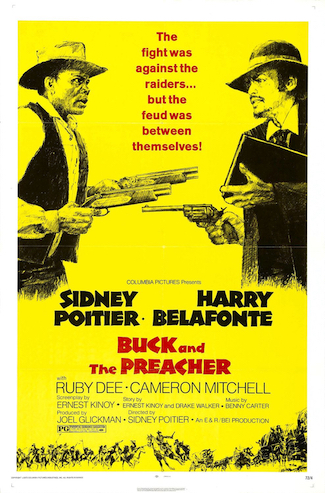 Deshay asks about Buck. We don’t see anybody give him up, but I guess somebody does, because the next day those assholes are waiting for him when he returns to his wife Ruth (Ruby Dee, UP TIGHT!). He flees and I guess his horse gets tired, because when he comes across a tied-up horse whose owner is bathing in the river he decides to swap.
Deshay asks about Buck. We don’t see anybody give him up, but I guess somebody does, because the next day those assholes are waiting for him when he returns to his wife Ruth (Ruby Dee, UP TIGHT!). He flees and I guess his horse gets tired, because when he comes across a tied-up horse whose owner is bathing in the river he decides to swap.
The owner is, of course, the titular Preacher, played by Harry Belafonte (THE WORLD, THE FLESH AND THE DEVIL) with shaggy hair, nasty teeth and a trickster charm. Buck tries to act like he’s honorable, offering to pay him twenty dollars for the horse, but the Preacher says no. So not only does Buck steal the horse, but he takes a big bite out of the rabbit Preacher has roasting over a campfire, and tosses the rest in the dirt. Then he makes him pull down his long underwear while he leaves.
Yeah, they hate each other at first, but this is a buddy movie. That’s how it works. Preacher follows to an encampment where everybody’s in the process of leaving because Buck warned them the nightriders are headed their way. When Preacher runs into them he reaches into the saddle like he’s getting his gun, but instead holds up his Bible (which we later learn does hold his gun). Deshay recognizes Buck’s horse, but Preacher says, “Mister, I’m looking for that miserable no good sinner myself.” Deshay tells him if he finds out where Buck is, come find him in Copper Springs, he’ll give him $500 for snitching.
The Preacher is transparently full of shit when he catches up with the settlers and starts preaching and trying to charm them, but he stops when he sees Buck standing nearby. There’s a Bruce Lee style zoom-in on Buck’s unamused face, but Preacher isn’t intimidated – he goes right over and knocks him on his ass.
“It’s all right, ain’t nothin,” Buck tells the others, and agrees to give Preacher his horse back, plus a meal (“that’ll square for the rabbit”) if he promises to move along. Instead Preacher follows them, seemingly hoping to steal a money belt he saw the settlers loading, but it’s good intentions that give him away: he tries to warn Buck when he sees they’re being surrounded by hostile Natives (tribe not specified).
Buck’s way ahead of him. They both take a knee and Preacher shuts the hell up while Buck negotiates a price for safe passage for his group. They know him by name and seem to somewhat respect him, but won’t give him everything he wants. The chief (Enrique Lucero, THE WILD BUNCH) stays on his horse while his wife Sinsie (Belafonte’s wife at the time, Julie Robinson) translates. It’s possible she’s supposed to be mixed race or something to explain her English skills, but she looks like a white lady in redface, one of the only things about the movie that has dated poorly. But this tribe are an interesting part of the story – they prove to be helpful allies for protection from Deshay and his men, but it doesn’t come easy. Since Black soldiers including Buck have fought against his people the Chief considers them invaders just like the white man. Buck’s “Tell him we’re all brothers” tactic doesn’t work at all.
I like seeing Preacher watch Buck during this and realize he’s dealing with someone much more interesting and impressive than he realized. What really opens his eyes though is seeing the aftermath of an attack by the Nightriders. He decides he’d rather help Buck than narc him out, so they head to Copper Springs to kill Deshay together.
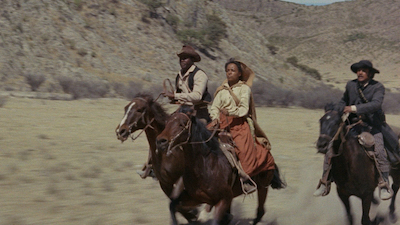 Yeah, they’re opposites who butt heads at first, but after sharing a cause for long enough they start to get along and work well together. And they both become outlaws. I like that neither of them is the establishment guy. At first Buck seems to represent the upstanding citizen in contrast to Preacher’s con man scoundrel, but he doesn’t exactly trust in the system. He agrees to Preacher’s plan to rob a bank to get back the money that was stolen from them. And when Ruth tells him she wants to start over in Canada – “The war ain’t changed nothin or nobody. It’s like a poison soaked into the ground” – he doesn’t disagree. He just insists on helping the settlers first because he gave them his word. She’s literally ride or die, so she helps.
Yeah, they’re opposites who butt heads at first, but after sharing a cause for long enough they start to get along and work well together. And they both become outlaws. I like that neither of them is the establishment guy. At first Buck seems to represent the upstanding citizen in contrast to Preacher’s con man scoundrel, but he doesn’t exactly trust in the system. He agrees to Preacher’s plan to rob a bank to get back the money that was stolen from them. And when Ruth tells him she wants to start over in Canada – “The war ain’t changed nothin or nobody. It’s like a poison soaked into the ground” – he doesn’t disagree. He just insists on helping the settlers first because he gave them his word. She’s literally ride or die, so she helps.
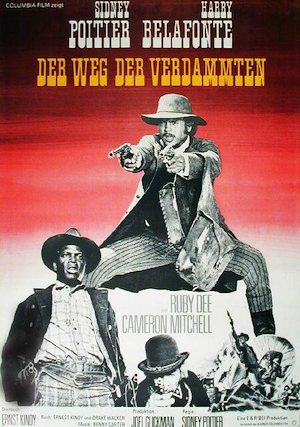 I wasn’t there, but I get the sense BUCK AND THE PREACHER had many hurdles to jump culturally, coming after spaghetti westerns and at the start of the Blaxploitation era. To me it hits the right balance of neither seeming oblivious to the current trends or like some square or narc embarrassingly trying to latch on to them. But the movie wasn’t much of a hit and got mixed reviews. Critics seemed to be hard on Poitier as a director, which I don’t understand. Maybe it’s that thing where they knew he was trying out a new job so they stared at it extra hard looking for failure.
I wasn’t there, but I get the sense BUCK AND THE PREACHER had many hurdles to jump culturally, coming after spaghetti westerns and at the start of the Blaxploitation era. To me it hits the right balance of neither seeming oblivious to the current trends or like some square or narc embarrassingly trying to latch on to them. But the movie wasn’t much of a hit and got mixed reviews. Critics seemed to be hard on Poitier as a director, which I don’t understand. Maybe it’s that thing where they knew he was trying out a new job so they stared at it extra hard looking for failure.
My favorite of-the-time touch is the score by jazz multi-instrumentalist and bandleader Benny Carter (THE SNOWS OF KILIMANJARO), featuring Sonny Terry and Brownie McGhee. It’s great because it has upbeat basslines that sound kind of like Lalo Schifrin or somebody, with bluesy harmonica and mouth harp jamming over them.
Great music like that makes our heroes seem extra cool, and one thing that struck me is that the two of them are cool in totally different ways. Buck is very stern, upright, a former soldier in a position of authority, people look up to him because he knows how to get them where they’re going and how to protect them. Contrast his stoicism with the lanky, wobbly, full of shit but lovable Preacher. He’s scraggly and kind of gross looking but then he stalks into town, and… I mean, look at him!
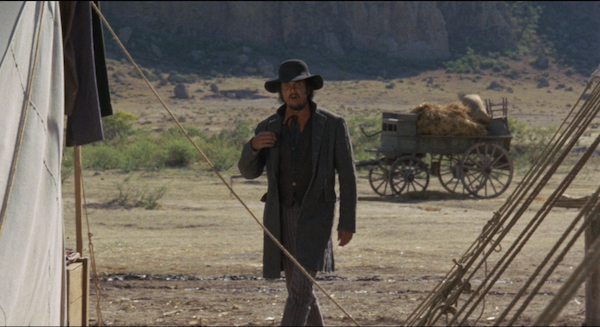
I know this is the guy who sang “The Banana Boat Song,” but here he made me think of Jimi Hendrix a little bit. He could be in Funkadelic with that look. Ironically this counter-cultural style is literally a preacher outfit that (along with the Bible, a horse and a wagon) was his “inheritance” from his slave master, who he killed for raping and then selling his mother. That might be the movie’s most biting touch – a former slave adopting Christianity as a cynical con after being victimized by one of the many supposed Christians who live their lives in opposition to anything Jesus is said to have stood for.
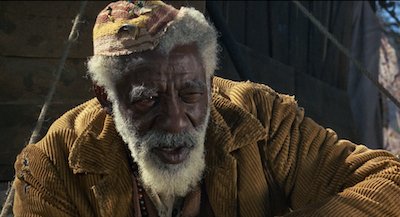 I was impressed that the costumes don’t look generic. Lots of thick jackets, corduroy, orange and yellow shirts under dark jackets, things that seem slightly mismatched, like the characters had to cobble them together but did a good job of it. They look good from a distance, then in close up even the sharpest looking one, Buck, has stitched up rips and holes worn into his clothes. But they make it work.
I was impressed that the costumes don’t look generic. Lots of thick jackets, corduroy, orange and yellow shirts under dark jackets, things that seem slightly mismatched, like the characters had to cobble them together but did a good job of it. They look good from a distance, then in close up even the sharpest looking one, Buck, has stitched up rips and holes worn into his clothes. But they make it work.
In a way the most interesting costume is Deshay’s, just because his army duds are blue. I’ve seen the Nightriders described as former Confederate soldiers, and some of Deshay’s dialogue seems to support that that includes him. But his outfit suggests a more complicated possibility that even many of the good guys of that war were still in a white supremacist system and went on to participate in various types of racist oppression after slavery ended.
If there was gonna be one nice white person in this movie I might’ve guessed it would be the lady running the brothel. Those Madams in westerns, they take care of everybody, they don’t judge. But racist-ass Madam Esther (Nita Talbot, PUPPET MASTER II) is incensed when Preacher enters her establishment to talk to Deshay. “Look, I run a selective house, this ain’t one of your New Orleans cribs!” she says.
So the closest thing to a token nice white person is the Copper Springs sheriff (John Kelly, TWO MULES FOR SISTER SARA), who heard about Deshay attacking a wagon train and warns him “Those folks are allowed to come and go as they like, that’s the law.” I don’t get the impression that he’d care about it if there wasn’t a law, but good for him enforcing it, at least.
You know how it is, though. If the system ever protects the downtrodden somebody’s gonna have to put a stop to that. The sheriff later tracks that same wagon train with Deshay’s nephew (Denny Miller, TARZAN, THE APEMAN) in order to find bank robbers Buck and Preacher. When he draws the line at attacking the settlers the nephew says, “You don’t understand, I gotta turn them field hands around. If we leave them fields fallow now, we done lost it all. We gotta keep it goin like it was. We gotta keep things the way they rightfully belongs.” And then he slashes the sheriff’s throat, because Blue Lives only Matter when it’s convenient.
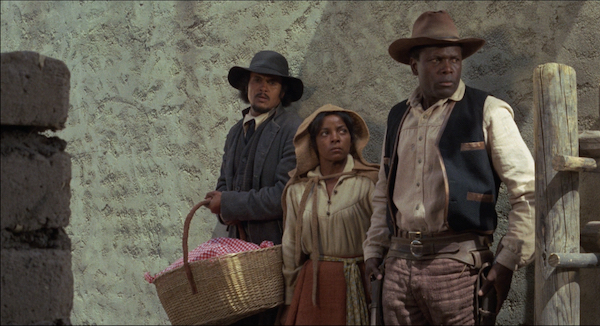
It’s amazing (and sad) how current and vital this all seems 50+ years later. Surely Poitier and screenwriter Ernest Kinoy (LEADBELLY) meant to draw parallels between the post civil war period and the Civil Rights Movement era they were living in, but here we are in two thousand god damn twenty three still dealing with these shitheads trying to rig voting districts, voting rules, city planning and school boards, doing book bans, propaganda campaigns and whatever else they can to “preserve their way of life” of not sharing power with other races. A movie like BUCK AND THE PREACHER should seem like old hat by now but instead it feels like it would be banned in Florida if Fox News ever did a segment about the Criterion Channel.
Deshay is a MAGA true believer, telling the sheriff “There’s a whole way of life back there that’s goin’ down the drain. We don’t aim to see it frittered away,” but he’s also telling the truth when he says “We are bona fide labor recruiters employed by the Delta Planters’ Association in Louisiana.” After slave catching became obsolete there were still plenty of opportunities for racial terror as an occupation, and even if you can take racism out of the equation, big business will always find ways to have an underclass for the cheapest possible labor. This is the story of people fed up with that and looking for the better life we all deserve.
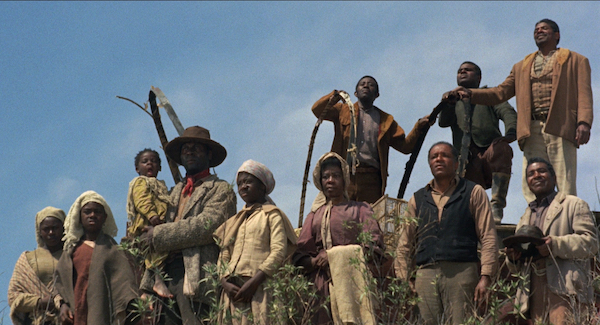
Originally Joseph Sargent (JAWS:THE REVENGE) was hired to direct, but producers Poitier and Belafonte fired him early in filming. According to the book The American Negro Theatre and the Long Civil Rights Era by Jonathan Shandell:
“Though technically skilled as a director, Sargent lacked (as the producing team quickly realized) the cultural sensibility the film demanded. As Poitier remembers, a few days of shooting revealed that Sargent was “taking the film in the direction of a well-made entertainment film, a typical American Western, but our picture had to be about more than that.” Missing from his directorial approach were “important ethnic qualities” that would allow “black people and minorities in general to find in BUCK AND THE PREACHER a certain substance, a certain nourishment, a certain complement of self… As artists we wanted to make a loving comment about the people we represent.”
That Black point-of-view is obviously a big part of what make this movie special, but the thing I really love is that it is “about more than that,” but not at the expense of being “a well-made entertainment film.” We’ve got this trio of A-list stars in Poitier, Belafonte and Dee who were all so adept at being powerful and strident, but here they take on a lofty subject and make it seem breezy! The result is one of my favorite things: a movie that works perfectly as genre but also happens to have something to say that’s organically baked into the whole premise. I love this movie.
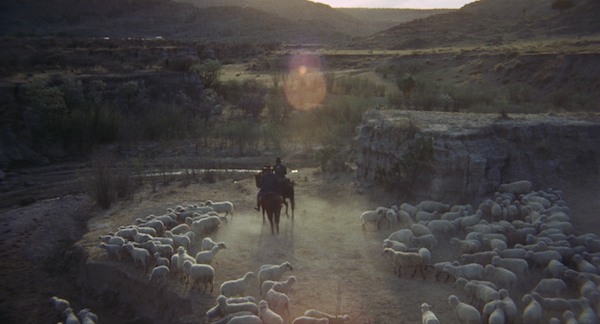
WHERE ARE THEY NOW?: 12 years later Belafonte produced and scored the movie BEAT STREET

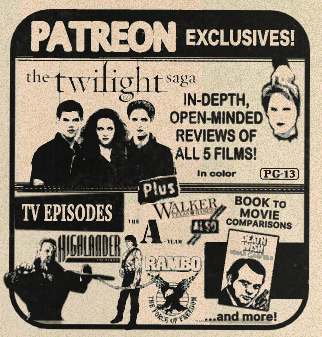
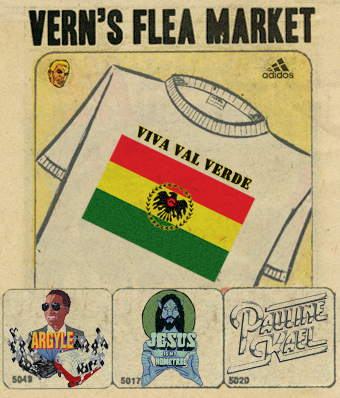
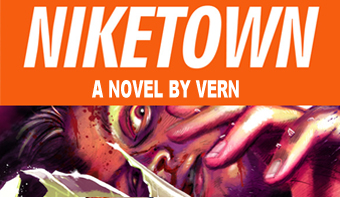
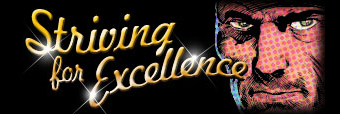
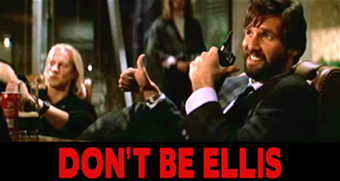
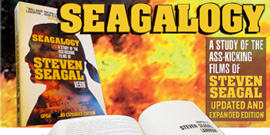
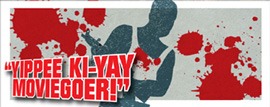








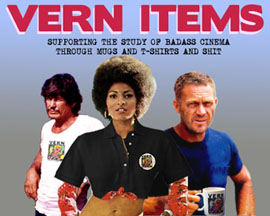
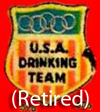
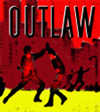







March 1st, 2023 at 10:21 pm
Vern my man, as you say Poitier beat Eastwood when it came to directing a western. But only by a year. As a big Clint fan you know very well that HIGH PLAINS DRIFTER came out in ’73, directed by the star himself.
Otherwise I must gratulate you, having reviewed the only 70s western I haven’t seen.